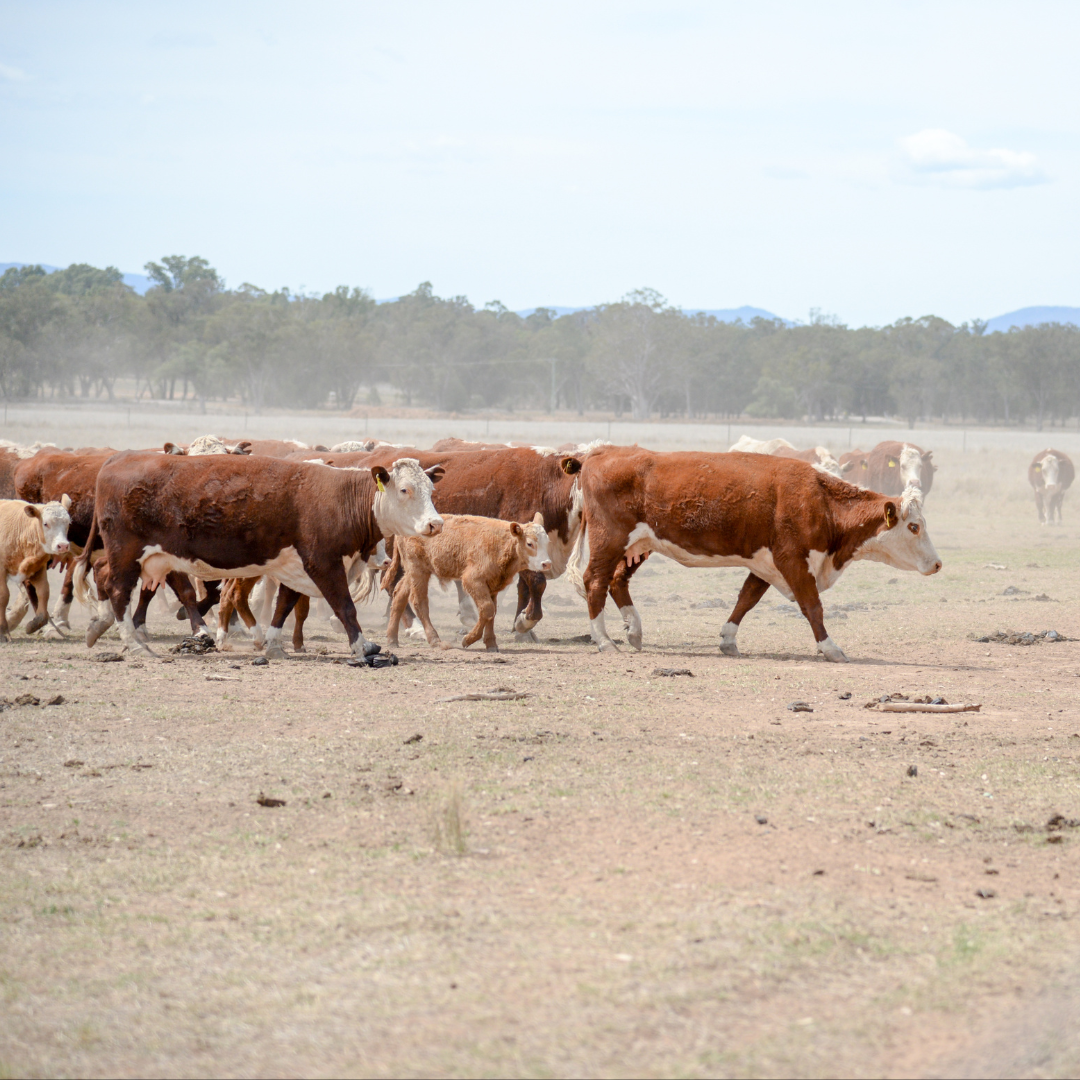By admin
•
November 17, 2025
Q fever is a serious but preventable disease that affects people working with animals or animal products. Protecting yourself and your workplace requires awareness, vaccination, and safe practices. What is Q Fever? Q fever is an infectious disease caused by the bacterium Coxiella burnetii. It primarily affects people who work with animals such as cattle, sheep, and goats, or handle animal products like hides, wool, and meat. The bacteria can survive in dust and soil for long periods, making it easy to spread in agricultural and processing environments. Who is at Risk? Certain industries and roles face higher exposure: Farmers, shearers, and abattoir workers Veterinarians and animal handlers Meat and dairy processors Laboratory staff working with animal samples Workers at stockyards, animal transport, in shearing sheds etc Any workers in animal facilities Even visitors to farms or facilities can be at risk if proper precautions aren’t taken. How do you get Q Fever? Q fever can he transmitted through aerosols, dust or through contaminated animal products. For example: Through animal tissues, such as when birthing, slaughtering or butchering Through faeces, urine and placentas From contaminated wool, hides, animal bedding, or equipment When breathing in dust infected by animals, including when mustering, transporting or shearing When slashing contaminated grasses or handling contaminated soil or hay By drinking unpasteurised milk which is infected By touching infected tissues or fluids when you have a cut or broken skin What are the signs of Q Fever? Q fever causes an illness which can last for up to 6 weeks, with symptoms ranging from mild to severe. Common symptoms include: High fever and chills Severe headaches Muscle pain and fatigue Sweats and weight loss Nausea, vomiting and diarrhoea In some cases, pneumonia or hepatitis However, some people don’t recover, and they can develop a chronic illness which can last for months or years. Chronic Q fever is rare, but when it does happen, it can lead to long-term complications such as heart valve infections and infections of the bones and joints, as well as vascular disease. Up to 15% of infected people will experience sever fatigue which can last for years and is extremely debilitating. Preventing Q Fever Prevention is the best protection. Key strategies include: Vaccination : The Q fever vaccine is highly effective but requires pre-screening to avoid adverse reactions. Pre-screening will identify those who have been previously exposed or have been previously vaccinated for Q fever. Safe Work Practices : Minimise dust in animal handling areas. Use protective clothing and masks (PPE). Practice good hygiene, including handwashing after contact with animals. Education and Awareness : Employers should train workers on risks and prevention measures. Health Monitoring : Encourage workers to report symptoms early for timely medical intervention. Employer Responsibilities Employers have a duty to provide a safe workplace. If there may be a risk of exposure to Q Fever in their workplace, this includes: Offering vaccination programs Implementing dust control measures Providing personal protective equipment (PPE) Ensuring staff are informed about Q fever risks and prevention Identification of high-risk areas of the workplace Having a workplace Q fever policy As with all workplace hazards, the employer has a duty to provide a safe workplace and to control risks to health as far as reasonably practicable. They also have a duty to consult with their employees and their health and safety representatives (HSRs). This includes during the hazard identification process, which making decisions on how to control risks, and when monitoring how the control measures are working. Building a Safer Future Q fever is preventable, but only if workplaces and individuals take proactive steps. Vaccination, hygiene, and awareness are the cornerstones of prevention. For those working with animals or animal products, staying informed and protected is not just about personal health—it’s about safeguarding the entire community. Q fever is a workplace hazard that demands attention. With vaccination and safe practices, we can protect workers, families, and communities from this hidden threat. More information on Q fever can be found at Q fever | Better Health Channel or at Preventing Q fever | WorkSafe Victoria




